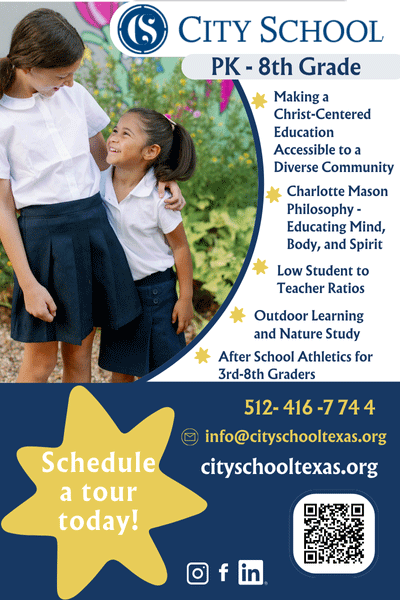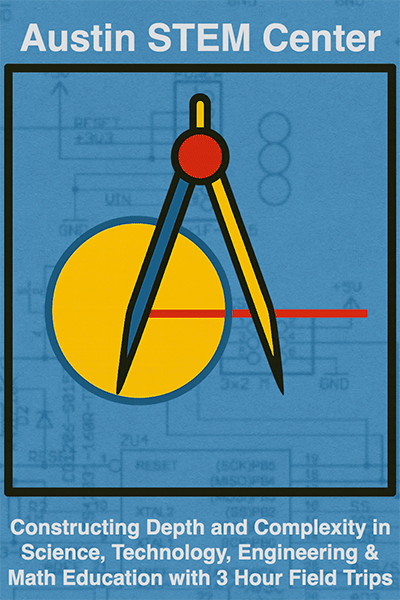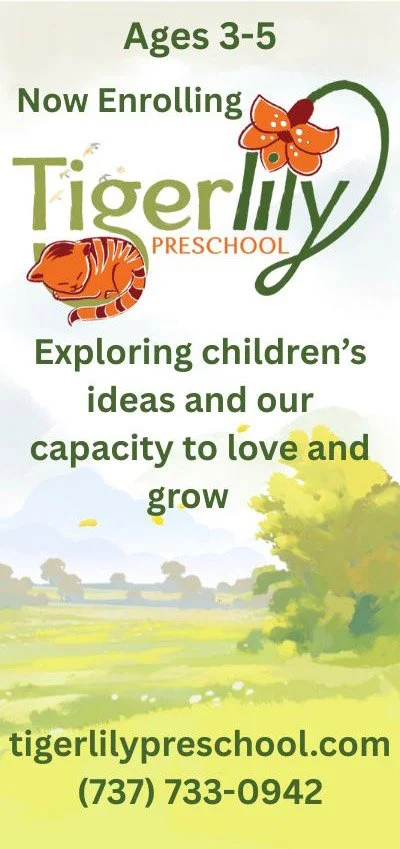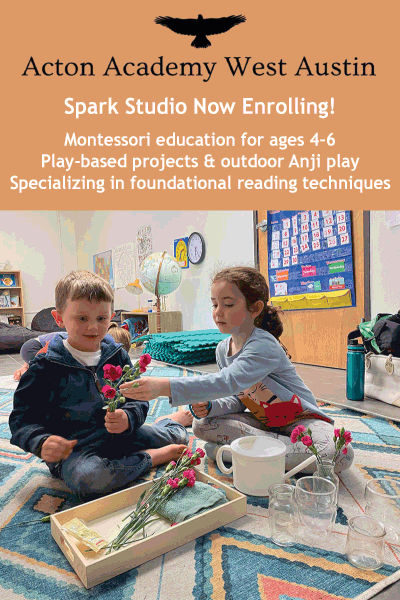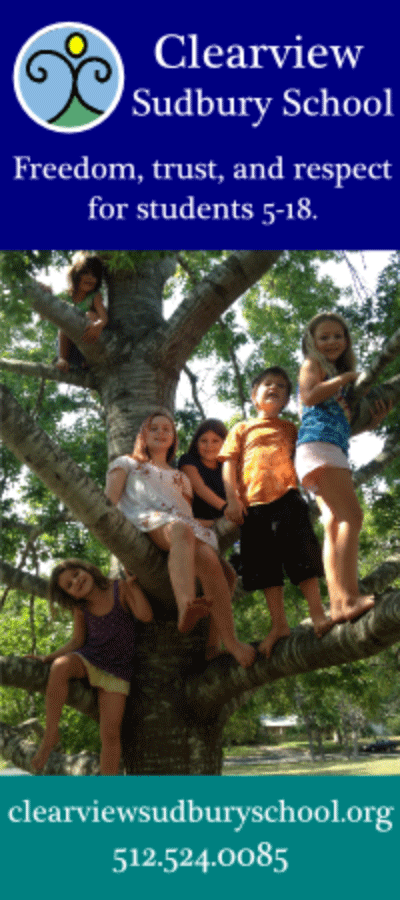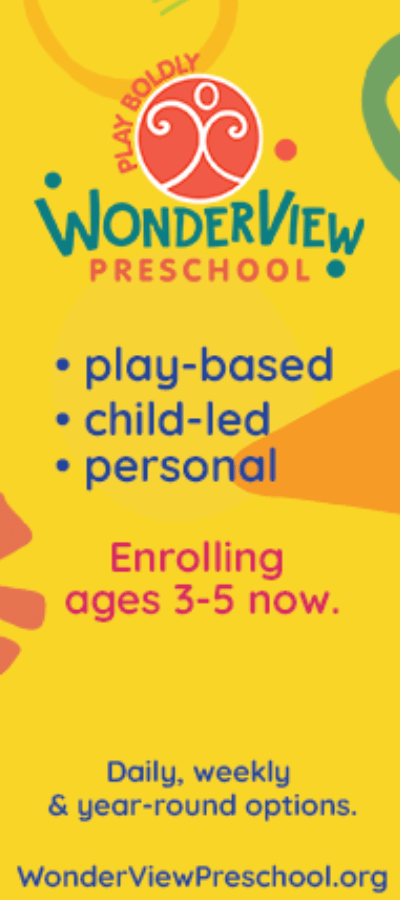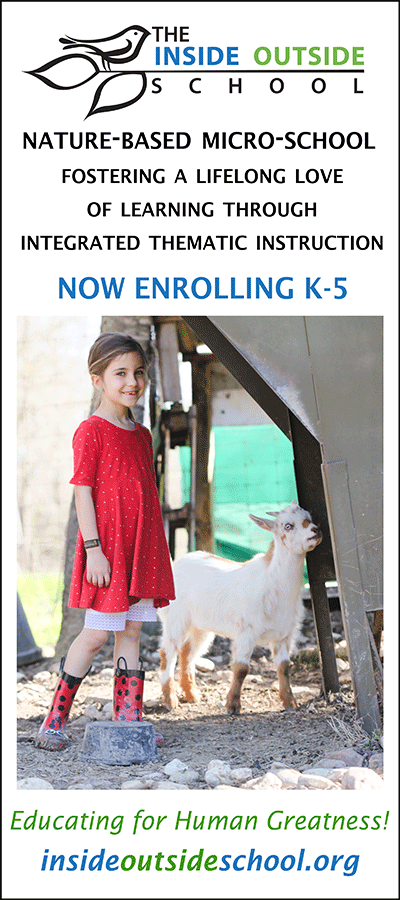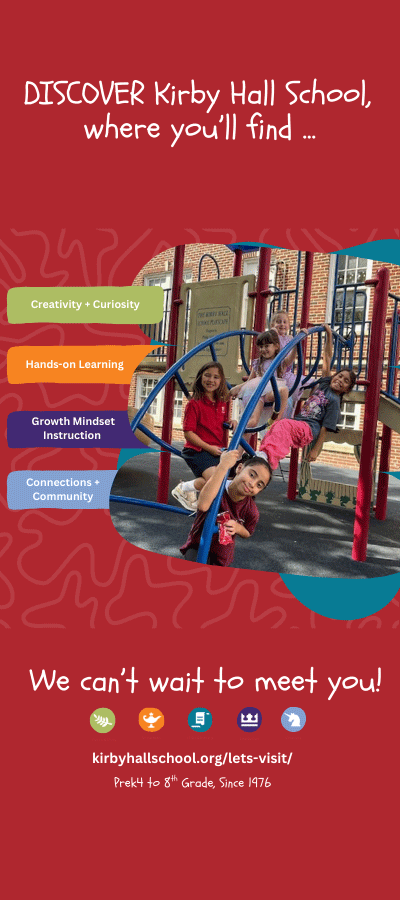Why we love to play
/“Play is often talked about as if it were a relief from serious learning. But for children play is serious learning. Play is really the work of childhood.” —Fred Rogers
Morna Harnden’s guest post below beautifully explains the importance of play to early childhood development and learning. Morna directs Austin Children’s Garden, which offers preschool programs as well as homeschool classes in South Austin.
This summer I had the absolute delight of volunteering in Teacher Tom's classroom at the Woodland Park Cooperative School in Seattle, Washington. Teacher Tom has long been one of my early childhood heroes (he even wears a cape!) through his insightful blog Teacher Tom and various trainings he has led with the Pedagogy of Play conference.
I wish the majority of parents and educators already understood the huge value of a play-based curriculum, but as the co-founder and co-teacher at Austin Children's Garden (an experiential and play-based learning community), I regularly find myself defending children's play to adults who are concerned about their child's education by explaining how and why we learn through play. As Teacher Tom says, “The idea that play is the opposite of learning is just too well embedded in our collective psyche.”
Questions that often come up are:
So, what does a “play-based curriculum” even mean?
Does that mean the children just play all day with no structure or learning? How will they transition to traditional school?
What is my child actually learning when they play?
After spending my childhood attending various Montessori, Steiner, and Democratic schools in the 1970s and 1980s (thanks Mom and Dad!), I have devoted my adult life to understanding early childhood growth and development (birth through age 8) from an integrated and holistic perspective. I am fascinated with how children learn and feel grateful for the calling to co-create the most healthy and joyful learning environment I can with the local community around me, as well as the global community of inspiring educators around the world.
“We can best help children learn, not by deciding what we think they should learn and thinking of ingenious ways to teach it to them, but by making the world, as far as we can, accessible to them, paying serious attention to what they do, answering their questions—if they have any—and helping them to explore the things they are most interested in.” —John Holt
Having been an educator in many types of schools, there are a few principles that I have seen as integral in supporting young children's growth and learning across the board:
Longer stretches of time with the freedom to play, explore, and discover in a natural yet stimulating learning environment that engages all the senses, alternated with an offering of shorter segments of meaningful hands-on, experiential projects that foster new skills and encourage mastery.
A small group size of mixed-age children, more like an extended family than a large classroom, to play with and learn together.
Fun, inspired, and loving adults who focus on empowering the child with inquiry-based learning, modeling self-regulation tools, and creating a physically and emotionally safe environment.
Ample outdoor play and exploration that allows nature to be a powerful learning experience filled with wonder and reverence.
Open-ended and natural play materials that encourage creative imagination and the discovery of innovative solutions.
Open-ended, process-based art and creative activities that are set up as an invitation to explore and express.
Predictable rhythms through the day, week, and year that create a natural structure and provide security with a sense of the interrelationships and wholeness of life.
All of these principles can be woven together to create a strong foundation and love of learning in a healthy, balanced, and experiential play-based environment. There is argument among some educators that to be truly play-based there would be no adult-guided projects. However, in my experience, as long as they are offered as a creative invitation with freedom of choice rather than a demand for every child to sit down and perform an activity only in the way the teacher dictates, and when these guided activities are sandwiched with longer times of free play, then meaningful hands-on projects are a wonderful inclusion in a play-based curriculum!
“Play is the highest form of research.” —Albert Einstein
One of the most fascinating aspects of children's play I have observed is how much they are naturally learning about language, reading, math, science, culture, social skills, and more. I encourage parents to read the research about all the educational benefits and the foundation for healthy learning that play provides, from Harvard University to the high academic performance of play-based schools in Finland, to the most current studies by the NAEYC. All of this is important information, but as an educator and parent myself, what I am most inspired by is the growth and development of the whole child, not the ability to regurgitate information and perform on current academic testing methods.
Children are born to learn. The human experience is designed to learn about life in a natural unfolding rather than a rote exposure to dry activities that lack a sense of meaning or connection to them. Children love to play because it’s fun and it feels natural to them! Play is their true state of flow. When children are allowed ample time to play, they intrinsically make the connection that learning is fun, they discover what truly makes their hearts sing, and they develop the power and inspiration to follow their bliss.
“Creative people are curious, flexible, and independent with a tremendous spirit of adventure and a love of play.” —Henri Matisse
It’s an exciting time for education! Old paradigms are shifting. To be a part of this positive shift for whole-child education, here are a few ideas for parents of young children to consider:
Ask your child’s school how much time your child spends in free play a day. Many schools claim to be play-based but often only provide 30 minutes of outside play and/or 30 minutes of guided indoor play. Children thrive with hours of play! Advocate for more free play and more outside play. Create parent alliances in your schools and make your preferences clear to the teachers and administration as well as the local and national government.
Do the research and trust that you are giving your child the best opportunity possible by allowing them the opportunity to spend hours every day in play.
Support children’s outside play—host backyard play dates, spend the day in the woods, get friends together and go camping, check out so many of our awesome local programs like the Free Forest School and Earth Native Wilderness School to supplement more play in nature.
Limit or eliminate screen time and observe the quality of play that arises when ample time and space allow for it.
Provide open-ended toys like blocks, silk scarves, magna-tiles, simple figures, and natural objects like sand, shells, and pinecones that allow children to use their creative imagination.
“Almost all creativity involves purposeful play.” —Abraham Maslow
Teacher Tom says it beautifully; “I invite you to imagine for a moment” schools “in which children are free to discover and pursue their passions while marinated in community. Imagine that transformation, then imagine how all those free and motivated minds will transform their world.”
In the alternative education community of Austin, this transformation is a reality, with a growing number of holistic and experiential play-based learning environments. It is a profound honor to be a part of that transformation and the lives of the thriving children in our community.
To learn more about the benefits of play and how parents can play with their children to help develop their brains, bodies, and hearts, please come to our free talk by play therapist and parent educator Chelsea Vail before our Open House at Austin Children’s Garden on November 16th at 1pm.
Morna Harnden








